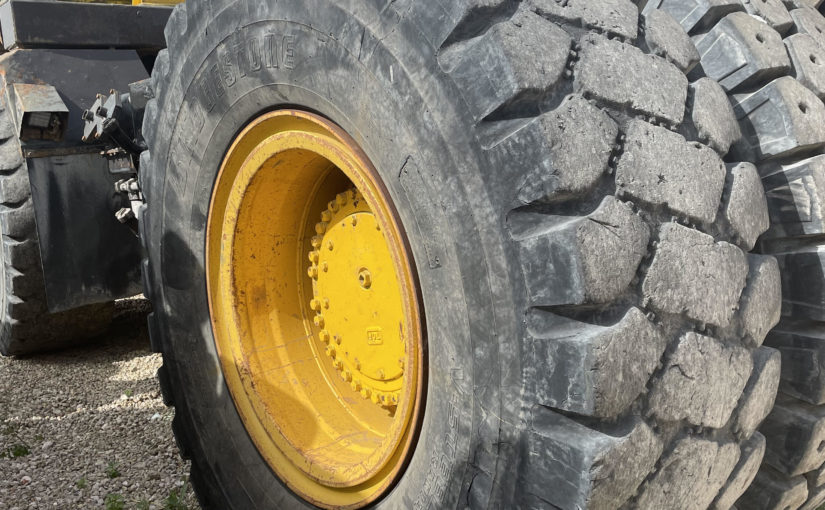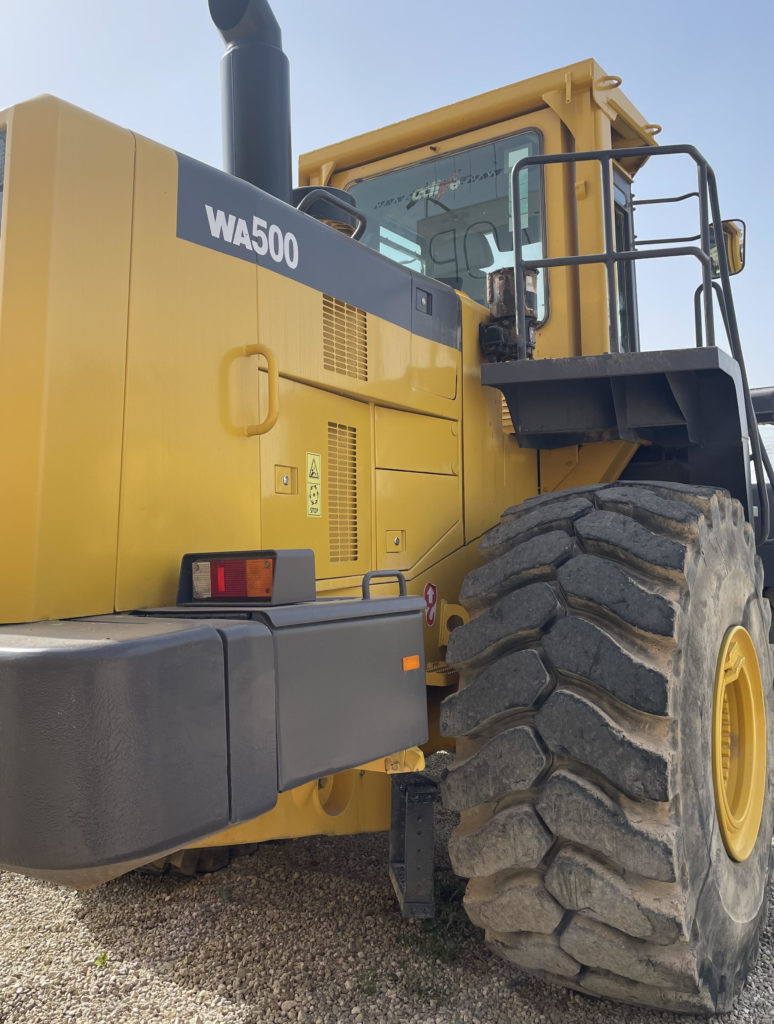Tires, those rubber circles that bring our vehicles and machinery to life, have a fascinating history that dates back centuries. From their beginnings as metal and wooden bands to modern high-tech designs, tires have undergone astonishing evolution.
In the construction and earthmoving sector, they are essential for machine mobility, providing stability in diverse and demanding terrains while bearing heavy loads.
That’s why tire reuse plays a fundamental role and has a highly positive impact on both the circular economy and environmental protection.
The importance of reusing
At Taop Parts, we believe that before disposing of a tire, there is a much more interesting option: recycling.
Tire reuse offers a sustainable solution that combines economic and environmental benefits. When we recycle tires, we reduce the demand for natural resources and prevent waste generation, thus contributing to environmental conservation.
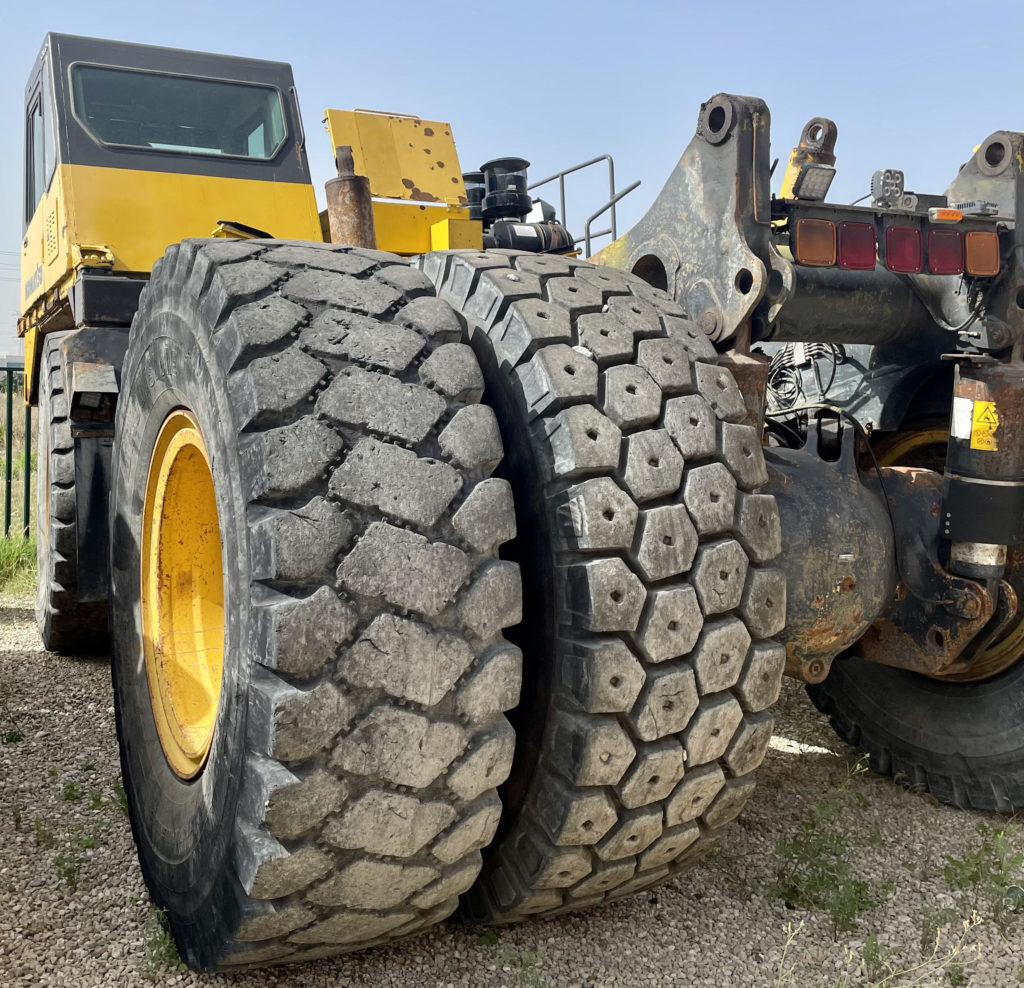
Circular Economy and Tires
Tire recycling is a concrete example of the circular economy. Instead of following a linear model of production and consumption, where tires are discarded at the end of their life cycle, we believe in closing the loop and giving them a new life, thus restarting the cycle.
This involves not only the direct reuse of used tires but also the retreading process, which extends their lifespan and maximizes their value.
The Tire Retreading Process
Retreading is a fundamental process in tire recovery. It involves applying a new layer of rubber to the worn tire’s tread.
Before application, a rigorous inspection process is carried out to assess its retreadability. During the process, imperfections are eliminated, and damaged parts are replaced. Finally, a new layer of rubber is applied, giving the tire a new life and similar performance to a new tire.
The Most Commonly Used
Which tire to choose?
Firstly, we need to consider whether we want a radial or diagonal tire. At Taop Parts, we offer both models. But what are their main differences? Let’s take a look:
The main difference is the way they are built and their materials.
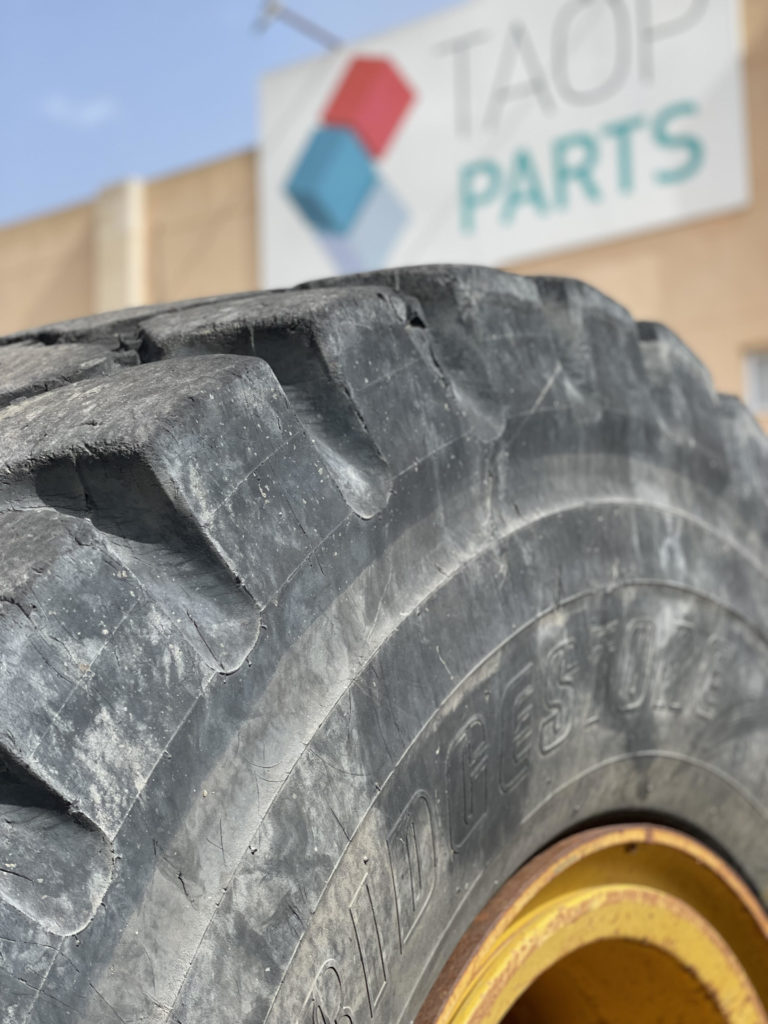
Diagonal tires consist of crossed layers that extend from bead to bead and are suitable for soft terrains without requiring as much traction.
On the other hand, radial tires have a structure with crossed layers from bead to tread on both sides, forming right angles with the tire’s axis, providing greater durability and traction.
At Taop Parts, the most commonly used tire is the radial tire due to its versatility. Here are some of the most popular models:
24.00R35
- Size: 24 inches of nominal tread width and a 35-inch rim diameter.
- Applications: Komatsu HD605-7 rigid dump truck.
23.5R25
- Size: 23.5 inches of nominal tread width and a 25-inch rim diameter.
- Applications: Komatsu WA380-5 wheel loader.
26.5R25
- Size: 26.5 inches of nominal tread width and a 25-inch rim diameter.
- Applications: Volvo A35E articulated dump truck.
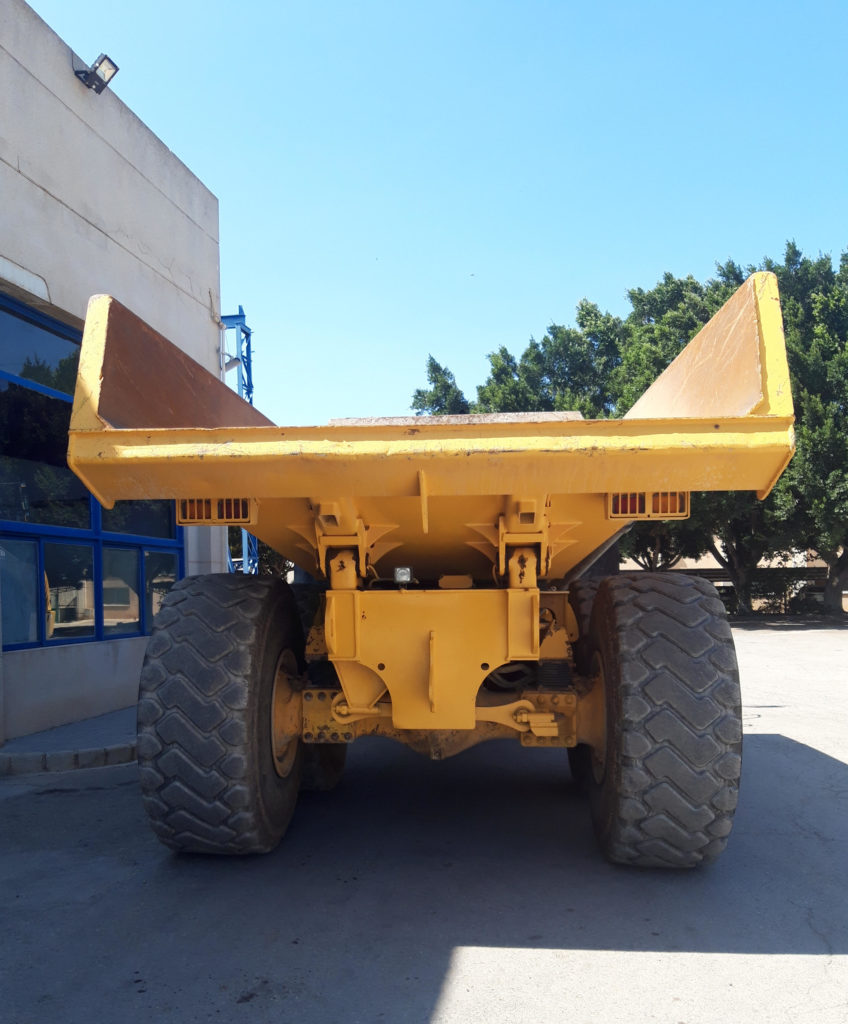
29.5R25
- Size: 29.5 inches of nominal tread width and a 25-inch rim diameter.
- Applications: Komatsu WA500-6 wheel loader and Volvo L220E.
These tire models are subjected to extreme working conditions and constant wear. However, they can still be used in demanding applications.
To ensure their performance, Taop Parts conducts thorough inspections of the tires, including checking their height and overall casing condition. Opting for tire recycling makes a difference and helps build a more sustainable future in our industry.
Do no hesitate to contact us for further information.
TAOP PARTS
info@taopparts.com
